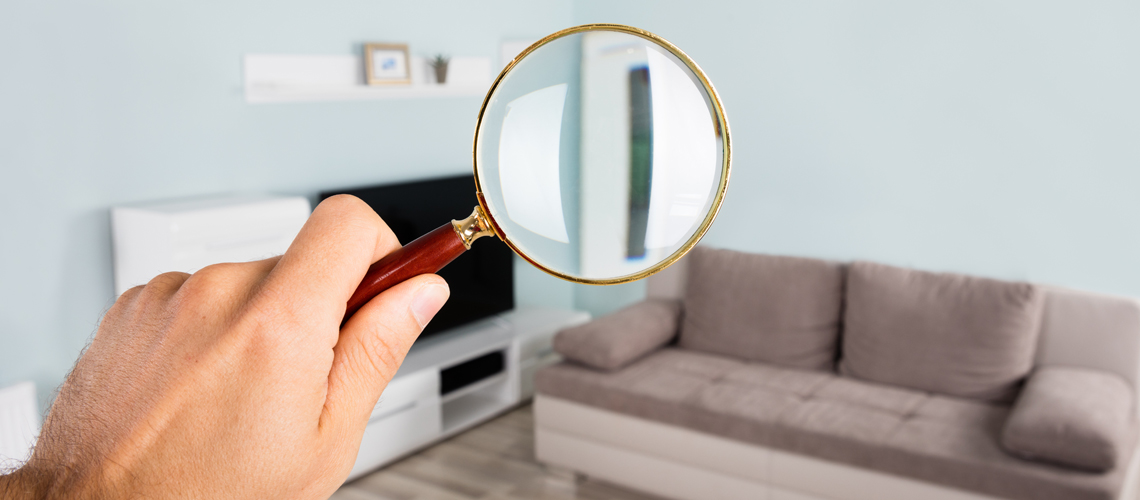Your clients, a military family relocating across the country for a new assignment, found the perfect house. It’s in a great location in their preferred school district within walking distance of a park and cute downtown area. There is room for the family’s two children and a fenced in yard ideal for their dog. There’s even a swing on the beautiful old tree in front of the home. Even the price is right.
Contracts are signed, plans are being made…and then the inspection report comes in. Unfortunately there are several issues that must be addressed before this property can qualify for VA financing. The roof must be replaced within the next year. Some electrical repairs are needed in the kitchen. The wood around a few of the windows in the living room is rotten and must be swapped out for new, pressure treated wood.
The Department of Veterans Affairs sets forth minimum property standards that must be met in order to qualify for VA financing. They center on ensuring that the home being purchased or refinanced will not present any safety or health hazards to its occupants.
When an inspection report comes back with required repairs, even when they are fairly substantial, it doesn’t necessarily mean that the deal will fall through. Here are a few ways the transaction can be salvaged when dealing with inspection issues.
Meet in the Middle
In order for the purchase to go through all repairs must be made. The buyer can’t simply say that it’s ok to leave the projects incomplete and that they will address them after closing. There may still be some ways to negotiate and offer solutions other than simply having the seller cover the full cost of the work.
If part of the purchase contract stipulates that the sellers will cover closing costs, the buyer could agree to pay their own closing costs (if financially feasible) in order to free up some of the seller’s funds which could then be used to pay for some of the repairs.
The real estate agents can also contribute to the repair expenses. If the home is very valuable and the commission to be earned is substantial, the sellers’ and buyers’ agents may be inclined to help cover the costs out of those commissions in order to save the deal. If additional transactions would also be impacted, such as a new purchase for the seller or the sale of the buyer’s current property this could be an even more appealing solution.
Seller Funded Escrow for Repairs
The seller may not mind paying for the needed improvements, but not have the funds available to do so until after closing when the proceeds of the sale are received. They may also choose not to make the repairs right away in case the transaction was to not go through for some other reason – due to issues with the buyer’s financing for example. Should the deal fall apart the next buyer may use conventional financing and the seller would be able to list the home as-is or split the cost of repairs.
In this case the seller can agree to place funds needed to pay for the new roof, electrical work, and wood replacement in an escrow account at closing, with the money deducted from the amount due to the seller.
VA Renovation Loan
If the buyers are happy to pay for the work on the home there is another option: a VA Renovation Loan. This allows the buyers to borrow enough to pay for the home and the repairs, with one low rate, first mortgage loan.
In order to qualify the work must add value to the home, not be structural in nature, and the total cost cannot exceed $35,000. Construction must be completed within four months of closing, and the General Contractor must be registered with the VA. Only one General Contractor can be used, who must oversee the project, and carry sufficient insurance through a general liability policy.
For more information on VA financing and the VA Renovation Loan visit afrwholesale.com.
Photography by [Andrey_Popov] © shutterstock.com
Subscribe To Our Newsletter
Sign up with your email address to receive news and updates.
Tags: inspection, va loan



